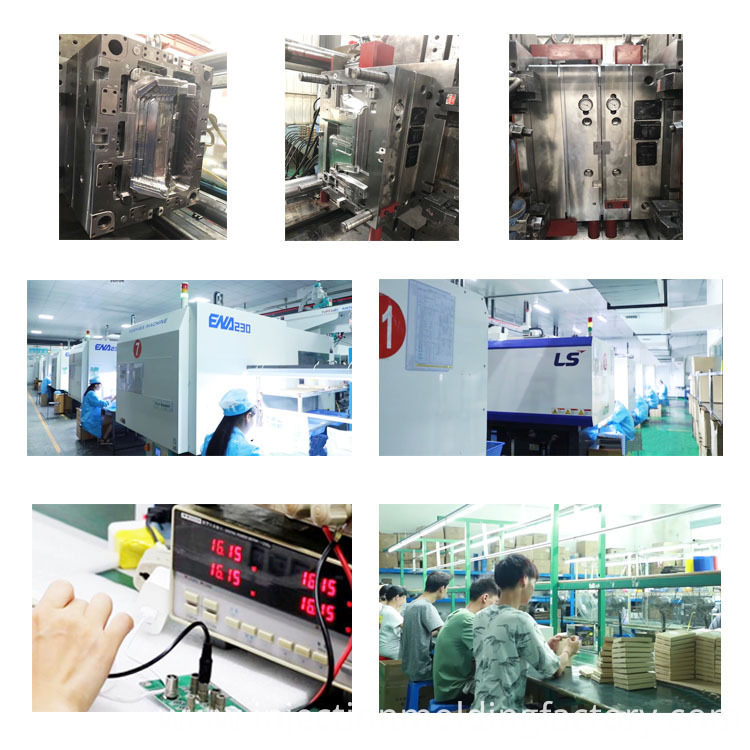One non-metallic mineral fluorite minerals is buoyant, with the fatty acids to flotation collector. Symbiotic often fluorite minerals are quartz, calcite, barite and certain sulfide minerals, such as galena, pyrite, etc. Thus, it is important to suppress the associated minerals.
The commonly used collector for flotation fluorite is oleic acid. The suitable pH value is 8-10. Due to the limited source of oleic acid, the substitutes of oleic acid, such as sodium petroleum sulfonate, have been used in recent years. Increasing the slurry temperature can significantly improve the flotation effect. The float water can be softened by zeolite and soda.
For fluorite ore containing sulfide minerals, it is common to use a xanthate collector to float out the sulfide minerals and then use the fatty acids to float the fluorite. Sometimes the cyanide is added to the fluorite flotation cycle to suppress residual sulfide minerals to ensure the quality of the concentrate.
Small amount of aluminum salts are activation fluorite, calcite and barite can be suppressed dextrin activated fluorite, a small amount of sodium silicate used has a similar first glance. Tannin and gum copy inhibit calcite and barite.
In short, the following conditions are suitable for flotation fluorite: warm water flotation, water temperature 60-80 ° C is preferred; softened water; pulp pH value of 9.5; selected times at least 3 times; adjuster can be used caustic soda, sodium carbonate, Inhibitors are white shield gum, balctan (palcatan, phenolic acid derivatives), dextrin, etc., collectors can be used oleic acid, ter oil, sodium petroleum sulfonate.
The separation of fluorite and calcite, both theoretically and practically, is a problem in the Soviet Union. It has been proposed that the addition of water glass and aluminum salts can increase the selectivity of the flotation process and, in the case of high recovery rates, Concentrate with grade 95 and above (CaF2). The Soviet Arakomas fluorite concentrator is used for flotation with caustic soda, water glass, aluminum salt, oleic acid, pine oil, dextrin, etc. In addition, the particle size of fluorite also has a significant effect on the flotation effect.
When the ore grade is low or the raw site is coarsely connected, the re-election-flotation combined sorting process is often used.
Fluorite can also be optically selected. The sorting principle is that in a liquid with a refractive index equal to that of fluorite, such as a pure fluorite crystal, it is not recognized by the naked eye. The crystal containing impurities, due to the absorption of a part of the light, forms a shadow on the photoelectric receiver. This shadow is converted into a current through the phototube, and after being amplified in the circuit, the discharge valve of the photo-selector is driven to discharge the impure. Crystal.
The photoelectric sorting machine is mainly composed of the following parts: a sorting tank filled with optical verification liquid; a person shooting light at right angles to the falling mine pulling path; a photoelectric tube and a power amplifying device; Board: product room and delivery system.
The ore is a uniform pull of the ore, and the ore is sucked up by a vacuum at a rate of about 1.5 s, so that it crosses the horizontal light and falls neatly to the alkaline liquid. Due to the different degree of light absorption, the shadow formed on the photoelectric receiver is different, and the amplification current generated in the phototube is also different, which causes the mines with different purity to be discharged from different discharge gates. Therefore, its application is subject to certain restrictions.
A soap dispenser generally includes a tap fixed on the countertop, a soap bottle set under the countertop, a dispenser mechanism for hydraulically discharging the soap in the soap dispenser, and a pressure button for driving the dispenser mechanism. Generally, the soap dispenser is matched with the sink and installed near the tap of the sink. When installing the soap dispenser, you need to check whether the sink has a soap dispenser hole, otherwise it cannot be installed.
Soap dispensers are mainly used in star hotels, restaurants, hotels, public places, hospitals, airports, home furnishings, pharmaceuticals, food, chemicals, electronics, high-end office buildings, large shopping malls, large entertainment venues, large banquet halls, hot spring resorts, kindergartens, For schools, banks, airport terminals, families, etc.

Automatic Soap Dispenser,Hand Soap Dispenser,Foaming Soap Dispenser,Dish Soap Dispenser
Sung Precision Mould & Plastic Co., Ltd. , https://www.dginjectionmolding.com